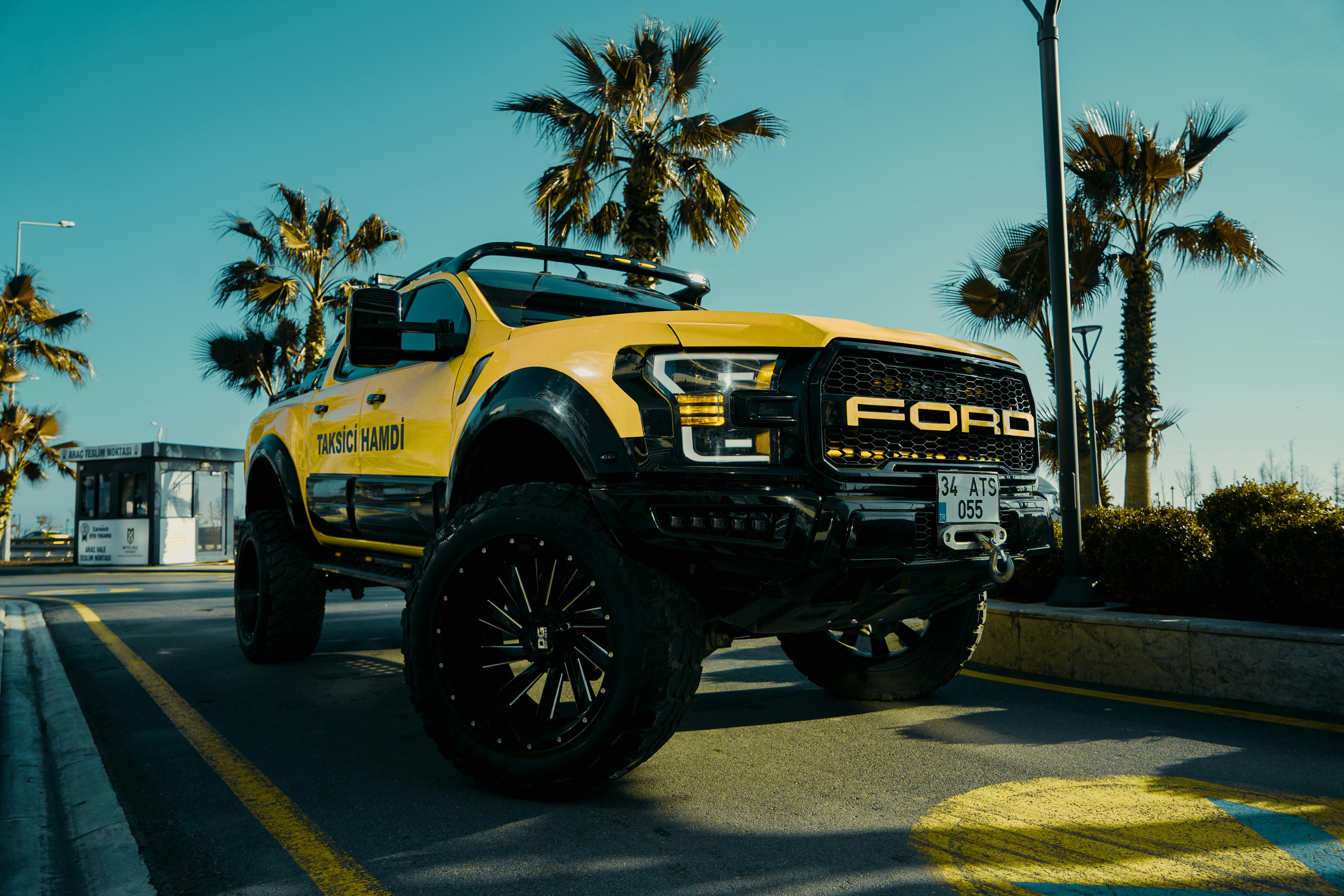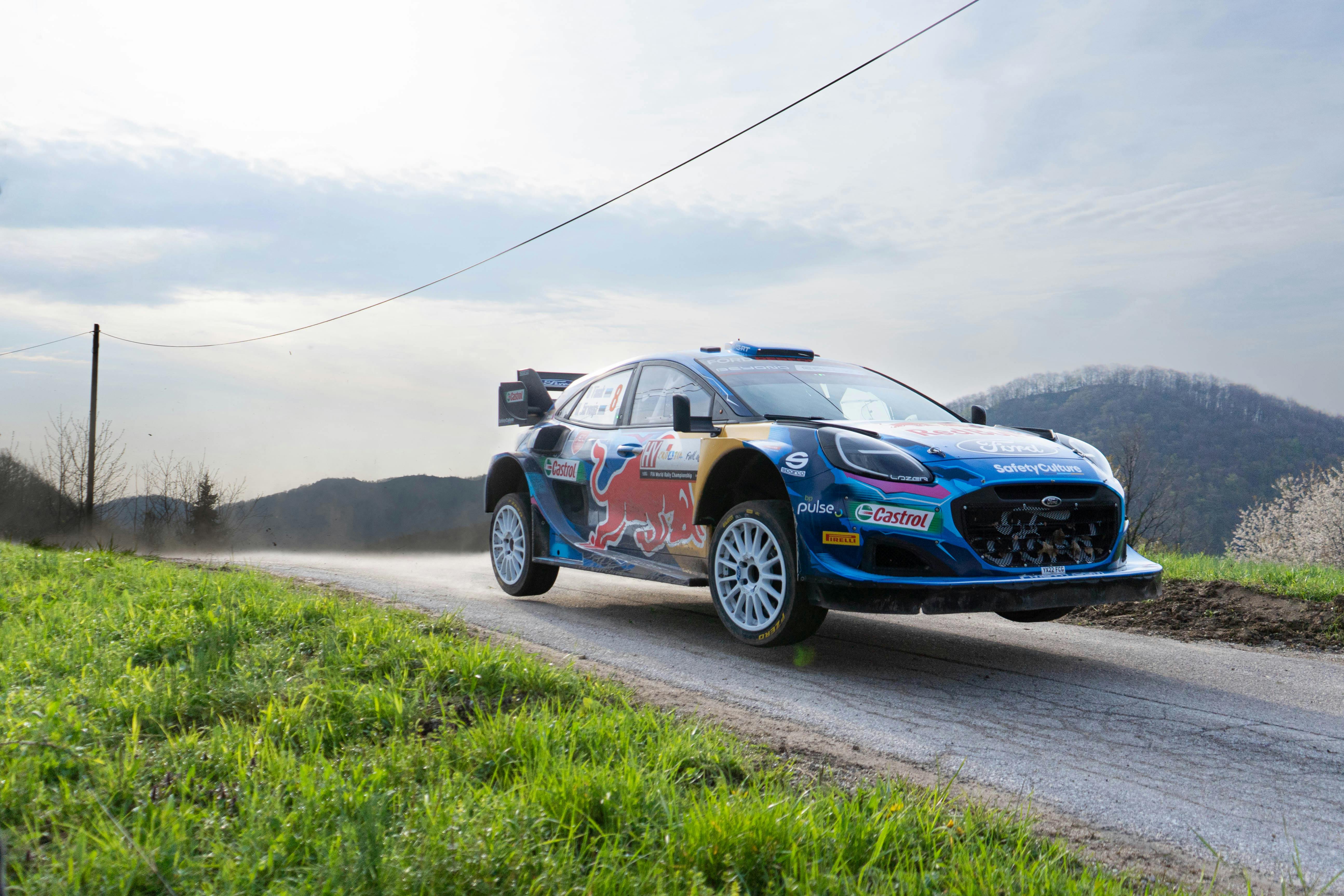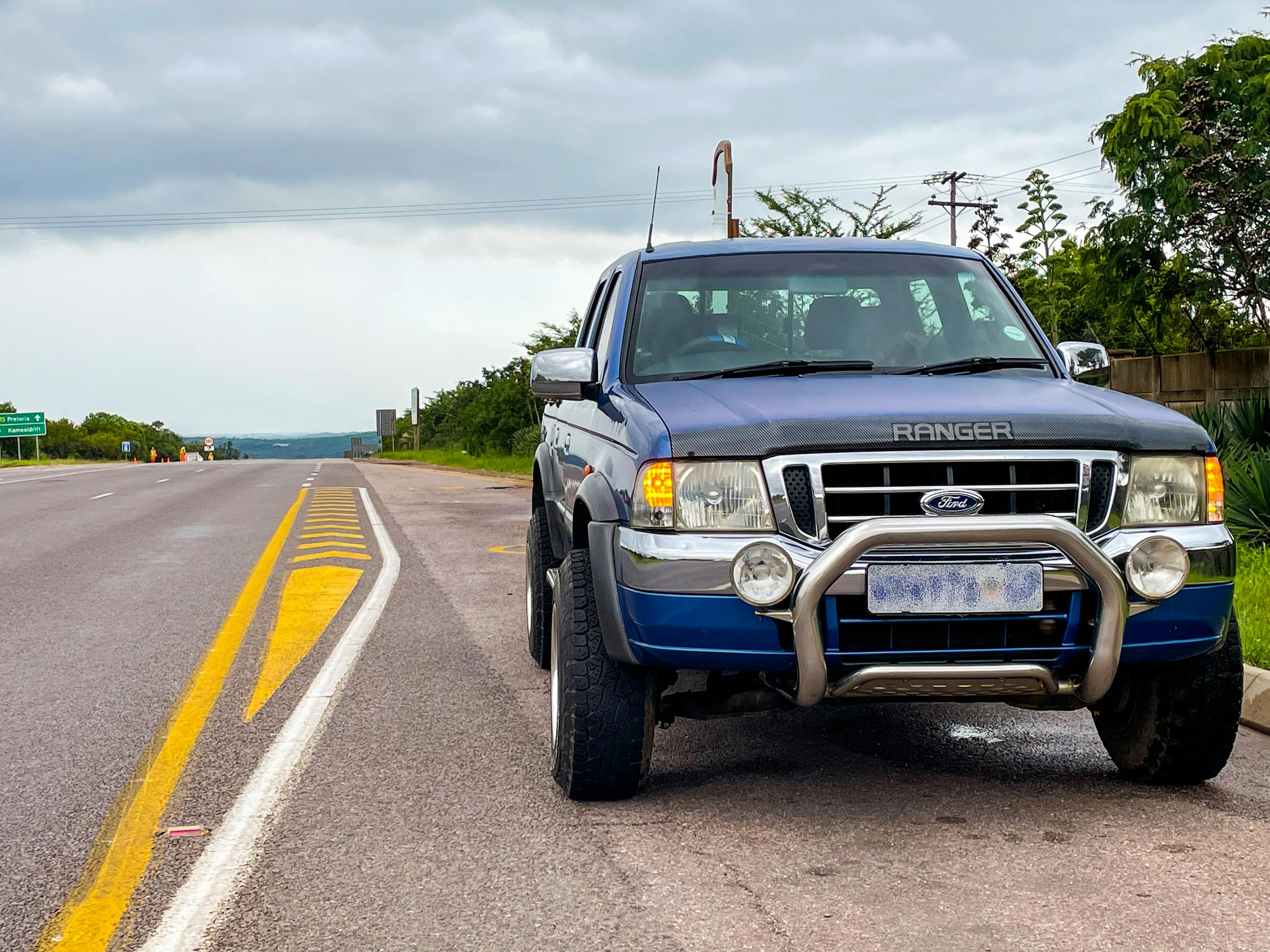Ultimate Guide to Long Travel Suspension Kits for Ford Ranger
Off-road adventures demand more than just horsepower — they demand superior control, flexibility, and durability. Long travel suspension kits for Ford Ranger provide that edge. In this detailed guide, we’ll explore the fundamentals, applications, and expert tips on maximizing your Ford Ranger’s off-road capability with the right suspension system.

Understanding the Fundamentals
Long travel suspension kits are engineered systems that significantly extend the wheel travel of a vehicle, especially for off-road applications. For Ford Ranger enthusiasts, these kits are a gateway to improved ride quality, better shock absorption, and greater articulation over rough terrain.
Historically, Ford Rangers have been favored for their rugged build and adaptability. However, factory suspension setups limit their performance in extreme conditions. Long travel kits emerged to overcome these limitations by widening the track width and offering superior geometry.
1.1 Suspension Travel and Its Importance
Suspension travel refers to the vertical distance a wheel can move up and down. More travel means better handling in uneven terrain. A long travel suspension kit for Ford Ranger can double the factory travel, offering 12-18 inches depending on the setup.
This increased movement enables the vehicle to stay planted during articulation. Common misconceptions include the idea that long travel is only for racing. In fact, it’s just as valuable for overlanding and daily off-road use.
1.2 Components of a Long Travel Kit
Long travel kits typically include upper and lower control arms, extended axles, longer shocks, coilovers, and reinforced steering. Compared to stock parts, these are built for extreme stress and flexibility.
For example, control arms in a long travel kit are usually fabricated from chromoly or boxed steel for added strength. These allow wider wheel spacing and enhanced camber control, even at extreme angles.
Practical Implementation Guide
Upgrading to a long travel suspension system is not just a plug-and-play process. It requires careful planning, proper tools, and some mechanical know-how. But the payoff is unmatched trail performance and driving confidence.

2.1 Actionable Steps
- Assessment: Inspect your current suspension, driving style, and intended use.
- Parts Collection: Gather a complete long travel kit, upgraded brakes, and extended brake lines.
- Installation: Allocate 2-3 days for full installation. Use a lift, torque wrench, and alignment tools.
2.2 Overcoming Challenges
Common issues include:
- Axle Binding: Solve with extended CV axles or custom drivetrain adjustments.
- Steering Angle Limits: Upgrade tie rods and install bump stops.
- Shock Fitment: Use tunable coilovers designed for your Ranger model year.
Expert tip: Always get a professional alignment post-installation. This ensures the suspension geometry works as designed and prevents premature tire wear.
Advanced Applications
Once you’ve installed your long travel suspension, there’s even more room to enhance performance. Advanced upgrades help bridge the gap between a well-equipped weekend warrior and a competition-level off-roader.

3.1 Bypass Shocks and Dual Rate Coilovers
Bypass shocks provide adjustable damping, making them ideal for changing terrain. When combined with dual rate coilovers, your Ranger can smoothly transition from rock crawling to desert racing. A case study of Baja race trucks shows a 40% increase in cornering speed with custom-tuned bypass setups.
3.2 Integration with Body and Chassis Upgrades
Long travel suspensions can be paired with tube fenders, frame gussets, and skid plates. Compatibility is essential—certain kits require trimming inner fenders or modifying mounts.
Incorporating body lifts or re-gearing the differential complements the suspension’s abilities, giving your Ranger unmatched ground clearance and torque distribution.
Future Outlook
The aftermarket for Ford Ranger suspension upgrades is growing rapidly. With electric drivetrains entering the off-road market, expect future kits to incorporate smart damping and electronic ride-height adjustments.
Over the next 3-5 years, bolt-on kits will become more modular, requiring fewer modifications. To stay ahead, keep an eye on new materials like carbon composites and AI-assisted tuning tools that adapt to terrain in real-time.
Conclusion
Three main takeaways: long travel suspension kits greatly enhance off-road capability, they require thoughtful installation, and they can be the foundation for next-level upgrades. For Ford Ranger owners, it’s a powerful investment in both performance and safety.
If you’re ready to tackle any terrain and get more out of your Ranger, consider starting your upgrade with a high-quality long travel kit today. Your next adventure is waiting — build with purpose.
Frequently Asked Questions
- Q: What is a long travel suspension kit? It’s a suspension upgrade that increases the vertical wheel movement, improving off-road handling and shock absorption.
- Q: How do I start upgrading my Ford Ranger suspension? Begin by assessing your driving needs, then choose a kit that matches your off-road goals.
- Q: How long does installation take? Typically 16-24 hours of labor across 2-3 days, depending on tools and expertise.
- Q: How much does a long travel kit cost? Prices range from $2,500 to $7,000, depending on brand, components, and vehicle compatibility.
- Q: Is long travel better than lift kits? Long travel offers better performance for off-roading, while lift kits are mostly for clearance and aesthetics.
- Q: Is this a DIY project or should I hire a pro? Intermediate to expert skill is needed. Beginners should consider professional installation for safety.
- Q: Are there industry-specific uses? Yes, forestry, mining, and off-road rescue teams use long travel setups for durability and access to rugged zones.
